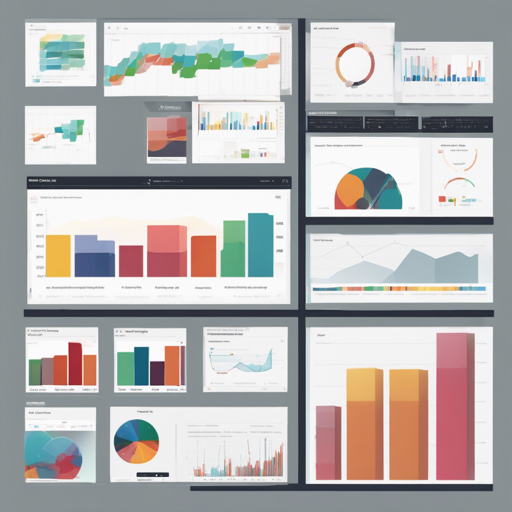Welcome to the world of data visualization with **Charts.css**, an open-source CSS framework designed to help frontend developers turn raw data into beautiful charts and graphs. In this guide, we’ll walk you through the installation, usage, and some troubleshooting tips to ensure your data visualizations shine!
What is Charts.css?
Charts.css is an innovative framework that allows developers to create stunning visuals using simple CSS classes, without any dependencies. Its lightweight nature—76KB minified and just 7KB gzipped—makes it perfect for efficient web applications aiming for fast load times.
Installation Guide
You can install Charts.css in two main ways: via CDN or using a package manager.
Using CDN
- Option 1: Use jsdelivr CDN:
<link rel="stylesheet" href="https://cdn.jsdelivr.net/npm/charts.css/dist/charts.min.css"> - Option 2: Use unpkg CDN:
<link rel="stylesheet" href="https://unpkg.com/charts.css/dist/charts.min.css">
Using Package Manager
- To install using npm:
npm install charts.css - To install using yarn:
yarn add charts.css
How to Use Charts.css
The power of Charts.css lies in its flexibility. By using semantic HTML tags and applying CSS classes, you can change the visual representation of your data effortlessly. Here’s a simple analogy to help you understand:
Imagine you have a set of ingredients (your data) and you’re preparing a dish (the chart). The semantic HTML tags are like the containers you use—bowls, pots, and pans. The CSS classes are your seasoning and cooking techniques; by altering them, you can turn a plain dish into a gourmet meal. With Charts.css, you get to control how your data (ingredients) gets presented visually (the final dish).
Example Usage
Here’s a basic example of how to structure your data:
<table class="charts-css" [ column ] [ show-primary-axis show-4-secondary-axes ] [ data-spacing-4 reverse-data ]>
<caption>Front End Developer Salary</caption>
<thead>
<tr>
<th scope="col">Year</th>
<th scope="col">Income</th>
</tr>
</thead>
<tbody>
<tr>
<th scope="row">2016</th>
<td style="--size: calc(40 / 100);">$ 40K</td>
</tr>
<tr>
<th scope="row">2017</th>
<td style="--size: calc(60 / 100);">$ 60K</td>
</tr>
<tr>
<th scope="row">2018</th>
<td style="--size: calc(75 / 100);">$ 75K</td>
</tr>
<tr>
<th scope="row">2019</th>
<td style="--size: calc(90 / 100);">$ 90K</td>
</tr>
<tr>
<th scope="row">2020</th>
<td style="--size: calc(100 / 100);">$ 100K</td>
</tr>
</tbody>
</table>Troubleshooting Tips
If you encounter issues while using Charts.css, here are some troubleshooting ideas:
- Ensure that you have included the correct CDN link or installed the package properly.
- Verify that your HTML structure follows the semantic format required by Charts.css.
- Check the browser console for any errors related to CSS loading or parsing.
- Experiment with different CSS classes to see how they affect your charts.
For more insights, updates, or to collaborate on AI development projects, stay connected with fxis.ai.
Final Thoughts
At fxis.ai, we believe that such advancements are crucial for the future of AI, as they enable more comprehensive and effective solutions. Our team is continually exploring new methodologies to push the envelope in artificial intelligence, ensuring that our clients benefit from the latest technological innovations.

